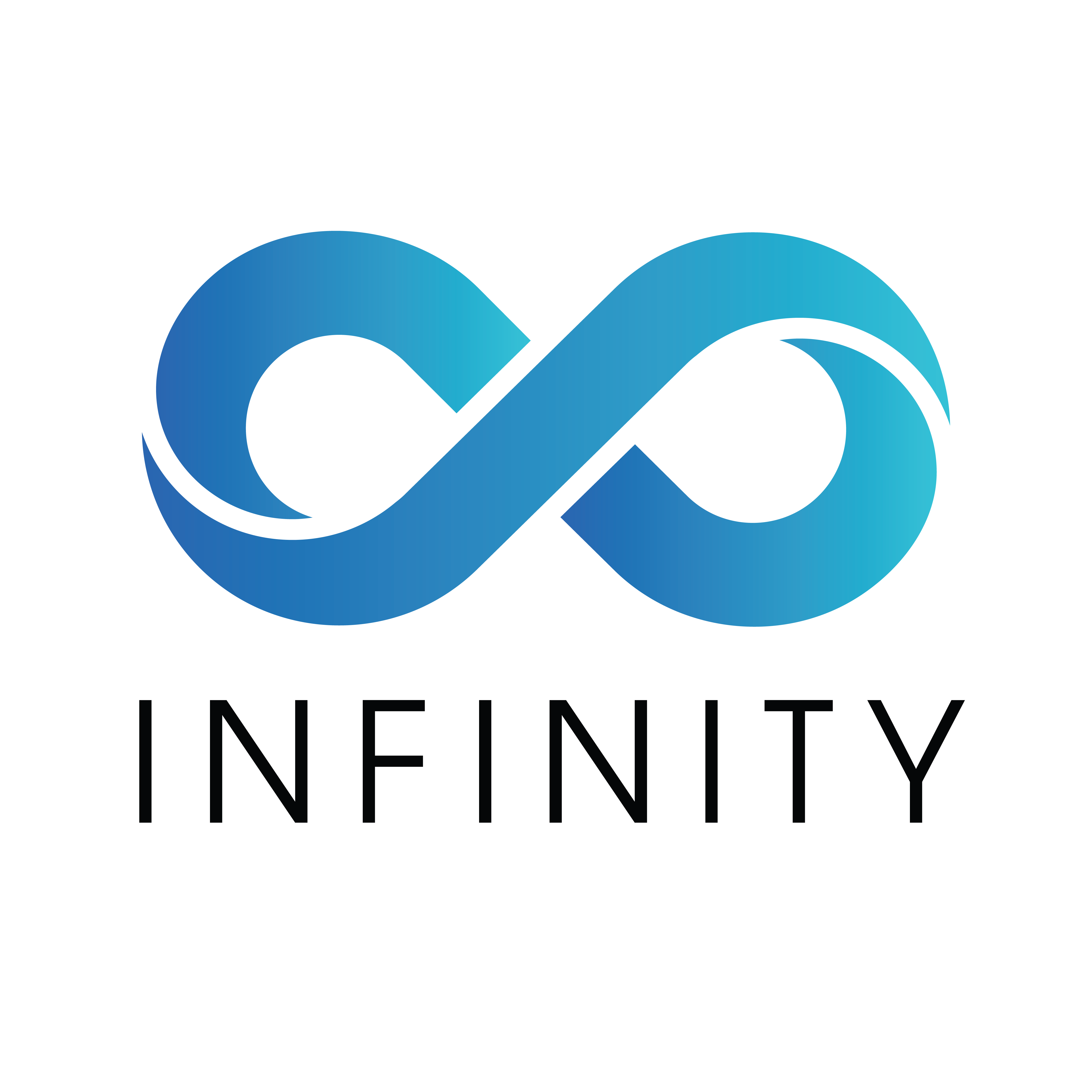Tableau or Microsoft Power BI which is easy to learn
Tableau and Microsoft Power BI are two of the most popular data visualization and business intelligence (BI) tools on the market. Both are designed to help organizations analyse and present data in an easy-to-understand format, but they have some key differences that make them suitable for different use cases and user groups.
Tableau is a data visualization tool that is best suited for data analysts and data scientists. It offers a wide range of advanced features that allow users to connect to multiple data sources, clean and transform data, and create complex visualizations. Tableau’s user interface is designed for data exploration and discovery, and it has a wide range of visualization options, including bar charts, line charts, scatter plots, and maps. Tableau also has a built-in programming language called Tableau Calculation Language, which allows users to perform advanced calculations and create custom visualizations.
Power BI, on the other hand, is a business intelligence tool that is geared towards business users. It has a simpler user interface and less advanced features than Tableau, making it more accessible to users who do not have a lot of technical expertise. Power BI is also tightly integrated with other Microsoft products, such as Excel and SharePoint, which makes it a good option for organizations that already use these tools. Power BI’s visualization options are more limited than Tableau’s, but it does offer basic chart types such as bar charts, line charts, and pie charts.
One of the key differences between Tableau and Power BI is their pricing model. Tableau has a more expensive pricing model, with different licenses for different use cases, such as Tableau Desktop, Tableau Server, and Tableau Online. Power BI, on the other hand, has a free version, Power BI Desktop, and a paid version, Power BI Pro, which is more affordable than Tableau’s licenses.
Another difference between Tableau and Power BI is their data connectivity. Tableau can connect to a wide range of data sources, including databases, spreadsheets, and cloud-based data sources. Power BI, on the other hand, has a more limited set of data connectors, and it is more focused on connecting to Microsoft data sources, such as Excel and SQL Server.
Finally, Tableau has more advanced features when it comes to data analysis and data visualization. Tableau’s advanced features allow users to perform complex data analysis, such as clustering, forecasting, and trend analysis. Power BI is more focused on providing basic data analysis and visualization features, making it more suitable for business users who do not need these advanced features.
In conclusion, Tableau and Microsoft Power BI are both powerful tools for data visualization and business intelligence. Tableau is best suited for data analysts and data scientists, while Power BI is more geared towards business users. Tableau has a more advanced feature set and a more expensive pricing model, while Power BI is more affordable and has a simpler user interface. Both tools have their own strengths and weaknesses, and the choice between the two depends on the specific needs of the organization and the skill level of the users.
Infinity Training Center is a great resource for those looking to make a decision between Tableau and Microsoft Power BI. Our expert instructors have in-depth knowledge and experience with both platforms and can provide a comprehensive comparison to help you understand the strengths and weaknesses of each.
When it comes to data visualization and business intelligence, both Tableau and Microsoft Power BI are powerful tools, but they have different features and capabilities. For example, Tableau is known for its intuitive drag-and-drop interface and advanced data blending capabilities, while Power BI is known for its tight integration with other Microsoft products and its ability to handle large amounts of data.
By attending a power BI and Tableau training course at Infinity Training Center, you will have the opportunity to work with both platforms and gain hands-on experience. The instructors will guide you through the pros and cons of each and answer any questions you have. This will give you a better understanding of which tool is best for your specific needs and how you can use it to gain insights from your data.
